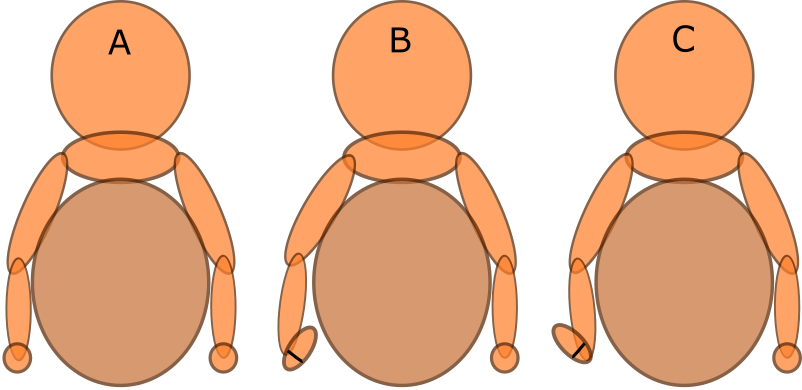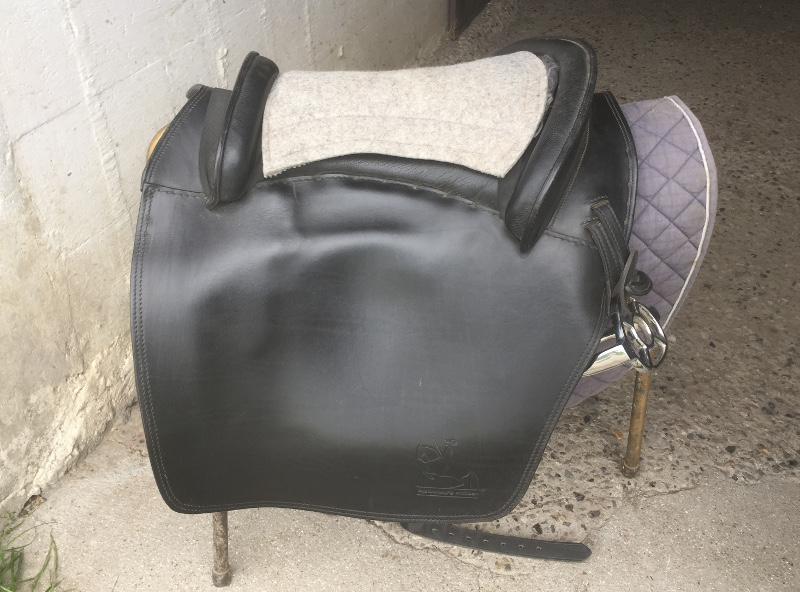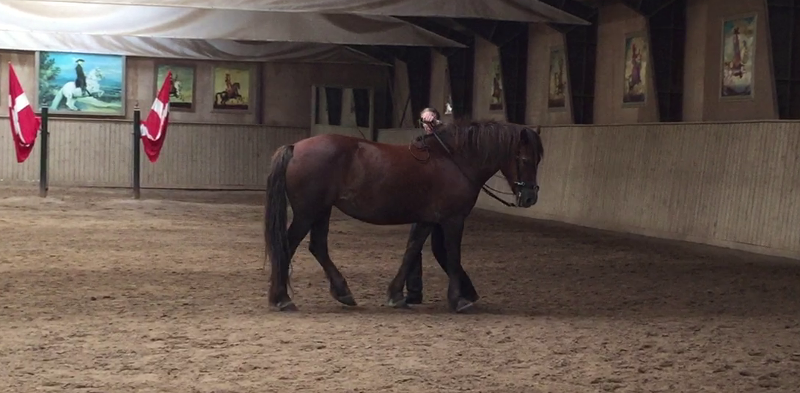Ride your horse with the seat. Who never heard this phrase when riding? Easily said but harder to actually do.
Some time ago I write a blog post about “the onion”, that you go deeper and deeper into details when learning something, like peeling the layers of the onion. Bent and Kathrin have helped me to peel a lot of layers of the seat onion lately, but I am also sure there are many more layers to discover in the future. I look forward to my journey!
When we talk about the seat we mean from knee to knee, ie pelvis and upper legs. An important thing many of us forget when talking about the seat is the direction of movement, or balance. The first step of developing your seat is to find your balance, to stay up on the horse without having to hold on with either hands or legs. When this can be done you can start following the horse’s movement and then you can start to influence the movements of the horse.
Your balance and your pelvis is the true primary aid. You can never stop using them. Upper legs are something in between primary and secondary aids. They belong to the seat and are therefore a primary aid, but you can stop using them, thus a secondary aid. The upper legs are to hang straight down, relaxed in the hip joints. To be able to feel what the horse is doing under you, and to influence the movements, you need the flat inside of your upper legs to lie against the saddle. If you then turn your heel out the front of the upper leg will move closer to the horse whereas if you move your toes out the back of the upper legs will move closer to the horse. We are using the front and back of the upper legs to direct the movements of the horse. The front of the upper legs will direct the chest (and hence shoulders) and the back of the upper legs will direct the hind legs of the horse. The inside upper leg is working in a downward direction whereas the outside upper leg works in an upward direction.

Many details? Well, more are to come in a later blog post about the seat in the side movements. Do you want to learn more about the seat in practice too? I am available for lessons and will return home from Bent’s in the beginning of November. Contact me by email: info@mariapihl.com

